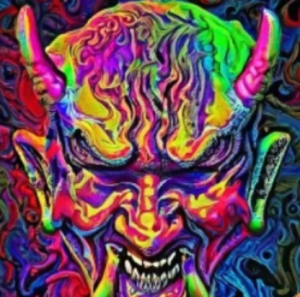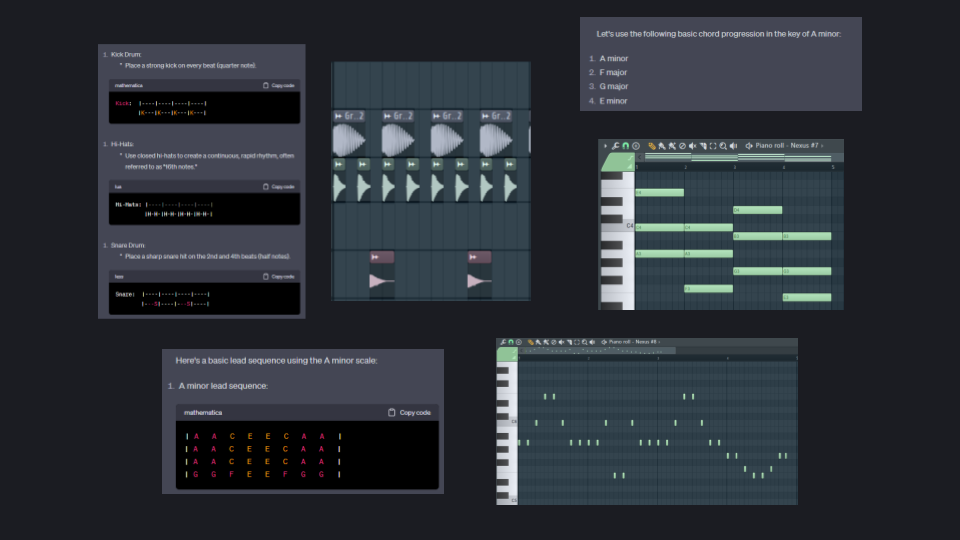In my previous post, I had explored GPT-3 in order to help me create some drum beats, chords and a synth lead. However, with the text only possibility of GPT-3, this resulted in a limited, not very audio appealing music track. In this post, I will not only dive into the creation of EDM tracks, but more on the impact of AI on the culture and presentation.
Let’s first start with discussing the meaning of EDM music culture by taking the techno scene as an example. With the involvement of computers in the late 80’s and early 90’s, the original techno sound had garnered a large underground following, growing in popularity with the emergence of the rave scene. This “rave” scene consists not only of the kind of music, but also the artists, clothing, hair styles, and (industrial) locations. The question arises whether AI generated music or artists will also gain a following and have their own culture.
To assess this, I explored an AI tool called splice, by asking the AI tool to create a “night rave” like techno sound. What I recognized was a typical sound known by a famous house DJ called Boris Brejcha, which is a great example of an artist positioning himself behind the DJ desks with a well recognizable demon-like mask. In my opinion, the AI tool took inspiration from Boris Brejcha, creating a different, but comparable sound:
The Ai generated music: https://youtu.be/rwrlwEpJqk8
Boris Brejcha: https://www.youtube.com/watch?v=TAxXRmwA40o and https://www.youtube.com/watch?v=BNe7OrleTlg
To extrapolate this, let’s imagine that an AI avatar, visible as a hologram, looking like the AI generated image below, is playing behind the DJ decks. He plays songs, sounding like the generated one by the AI-tool splice. Assuming that these songs eventually will increase in quality, does it matter that the DJ is a real person or not? If the AI avatar plays fire tracks that you like, why not follow it and create a culture?


